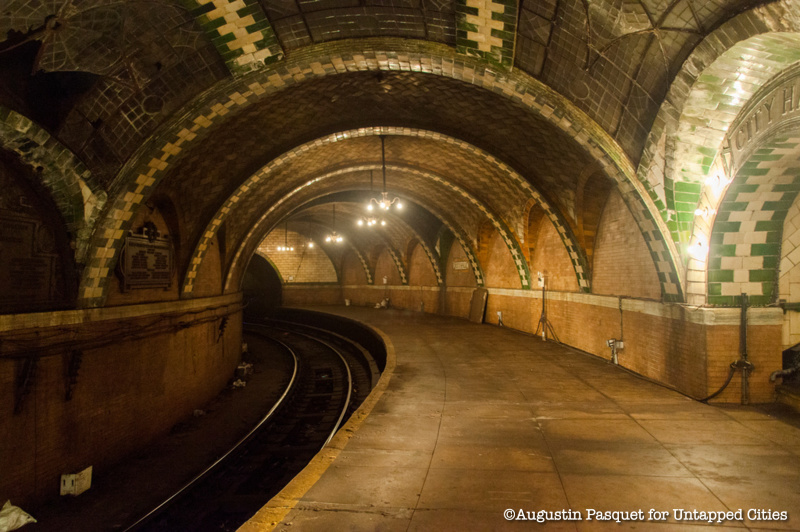
The New York City subway carries many secrets, like any extensive system that was built over time. But it also comes with quite a bit of lore — from urban explorers who have explored every nook of its vastness, the technological feat it was to build in some of the toughest Manhattan schist, and its evolution from high-class experiment to mass ridership. As the subway is always changing, so will this list. We have just added more of our favorite secrets, from hidden art installations and remnants of the past, to fun facts about how the system works.
Underground NYC Subway Tour

We encourage you to comment and Tweet at us (@untappedcities) with other hidden gems. Special thanks to Matt Litwack, author of Beneath the Streets: The Hidden Relics of New York’s Subway System, and Untapped Cities Chief Experience Officer Justin Rivers, for contributing their finds to this piece.
20. Abandoned Tunnels at Times Square/42nd Street

The Times Square/42nd Street subway station holds many remnants of the original station that was built there in 1904 including a secret door to the Knickerbocker Hotel, original railings, remnants of the first ticket booth and turnstiles, and exposed infrastructure from the original tracks which you can see right from the platform of the shuttle to Grand Central Terminal.

If you’ve ever taken the shuttle, you may have noticed that the industrial-looking square columns that line the platforms are different than the round columns which line the walls and stand at other parts of the station. That is because the tracks that the shuttle uses today were not supposed to have platforms seen by riders, they were active local and express tracks for the IRT’s 4, 5, and 6 lines. Those lines ran from the now decommissioned City Hall Station, through Grand Central and Times Square and then on to a terminus at 145th Street, as opposed to ending where they do now. While walking towards Track 4 (over a somewhat dubious-looking metal platform that stands above what used to be the northbound local track between the current platforms for Track 3 and 4), if you look to your left you will have a clear view of the current active tracks used by the Time Square Shuttle and vestiges of the original 4, 5, and 6 lines. There are four distinct arches that run almost perpendicular to current tracks and show the curved paths the lines once traveled.





